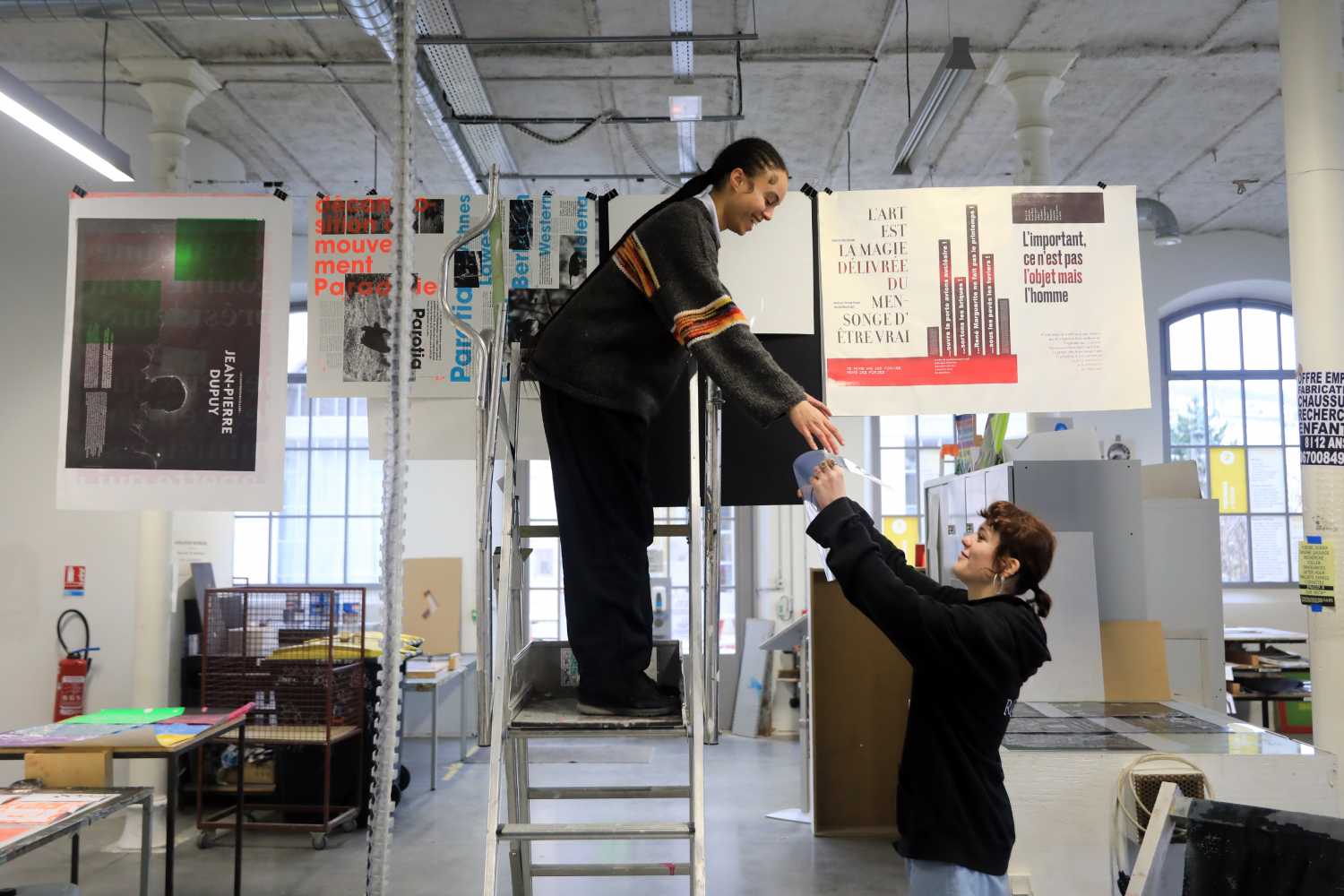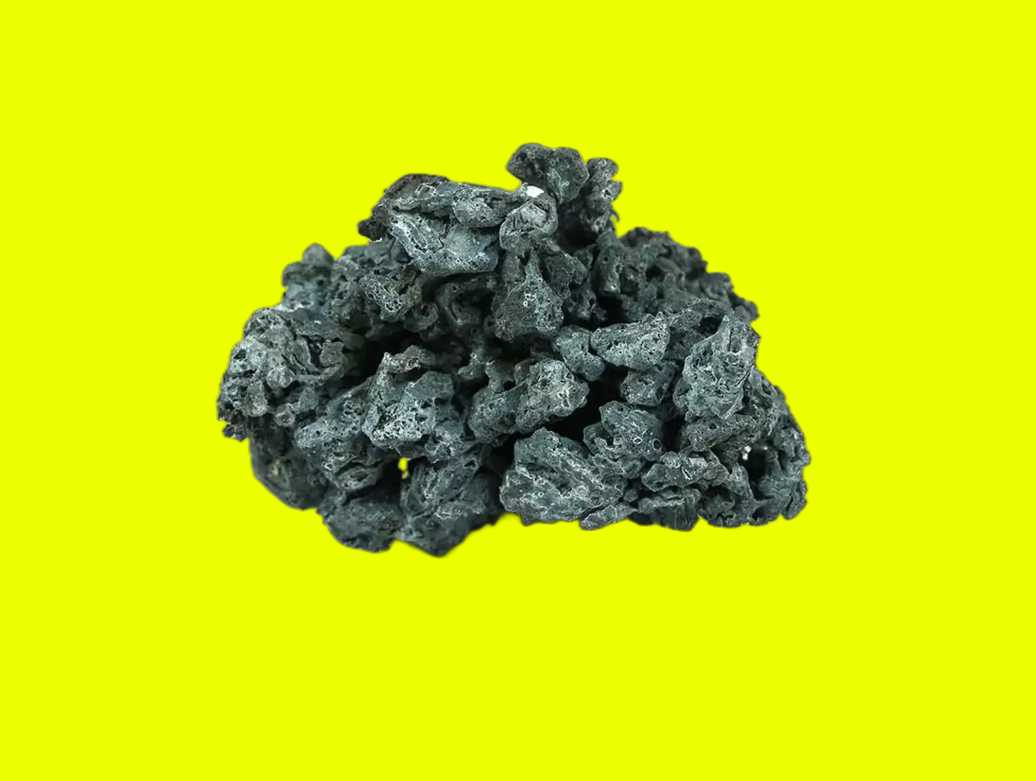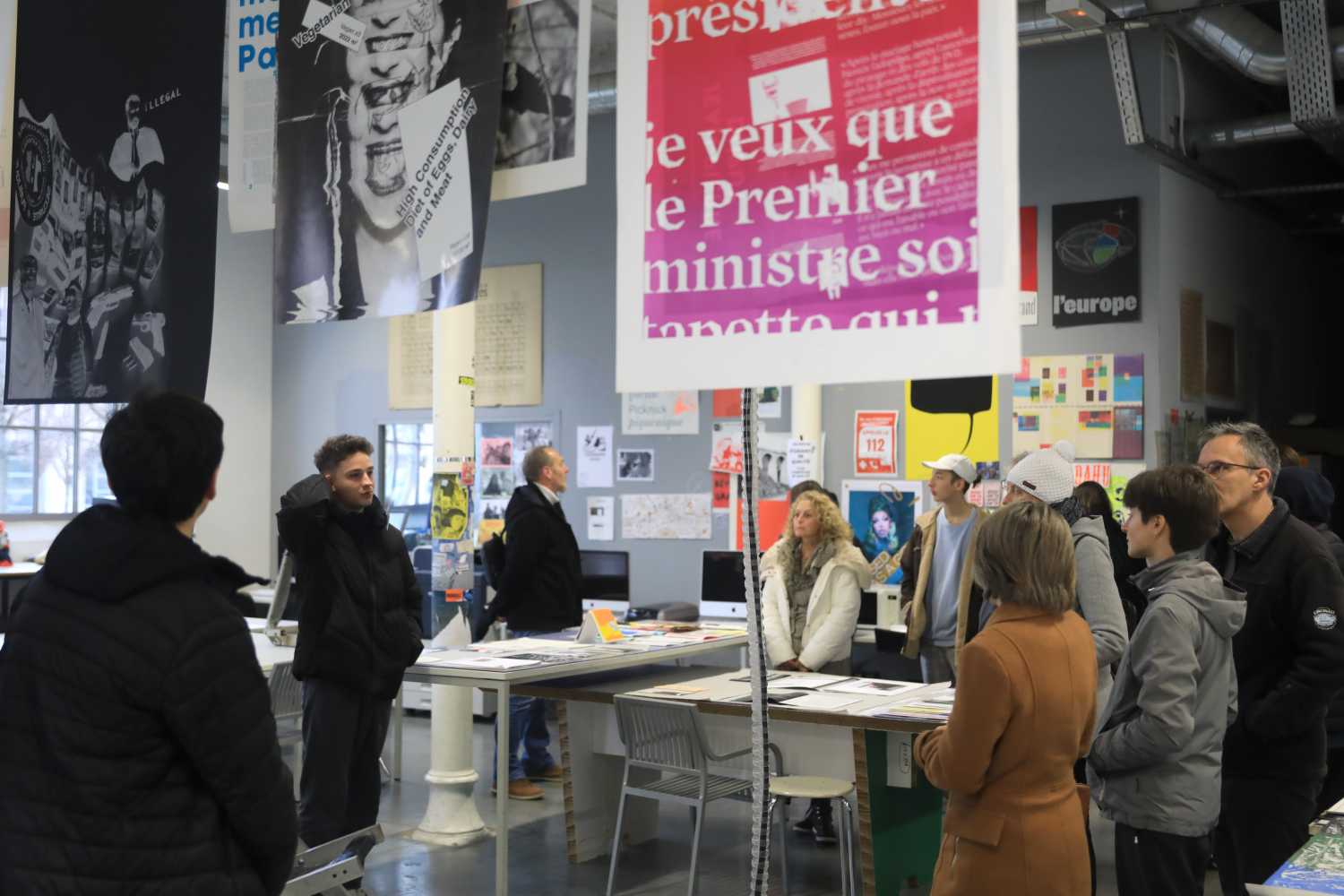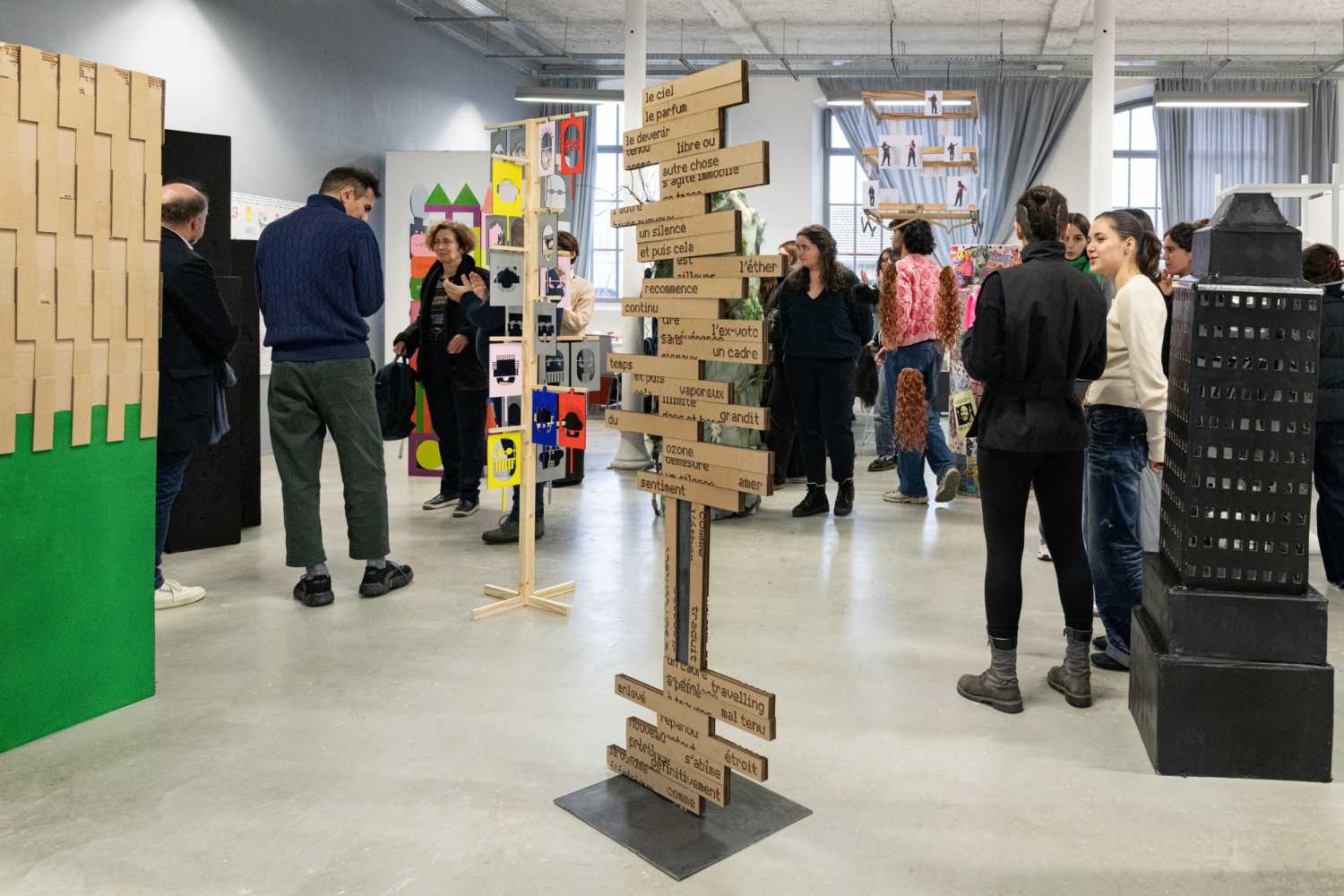Designing our domestic spaces
The Plaid Studio presents its inspirations, constraints and ambitions for At Home exhibition
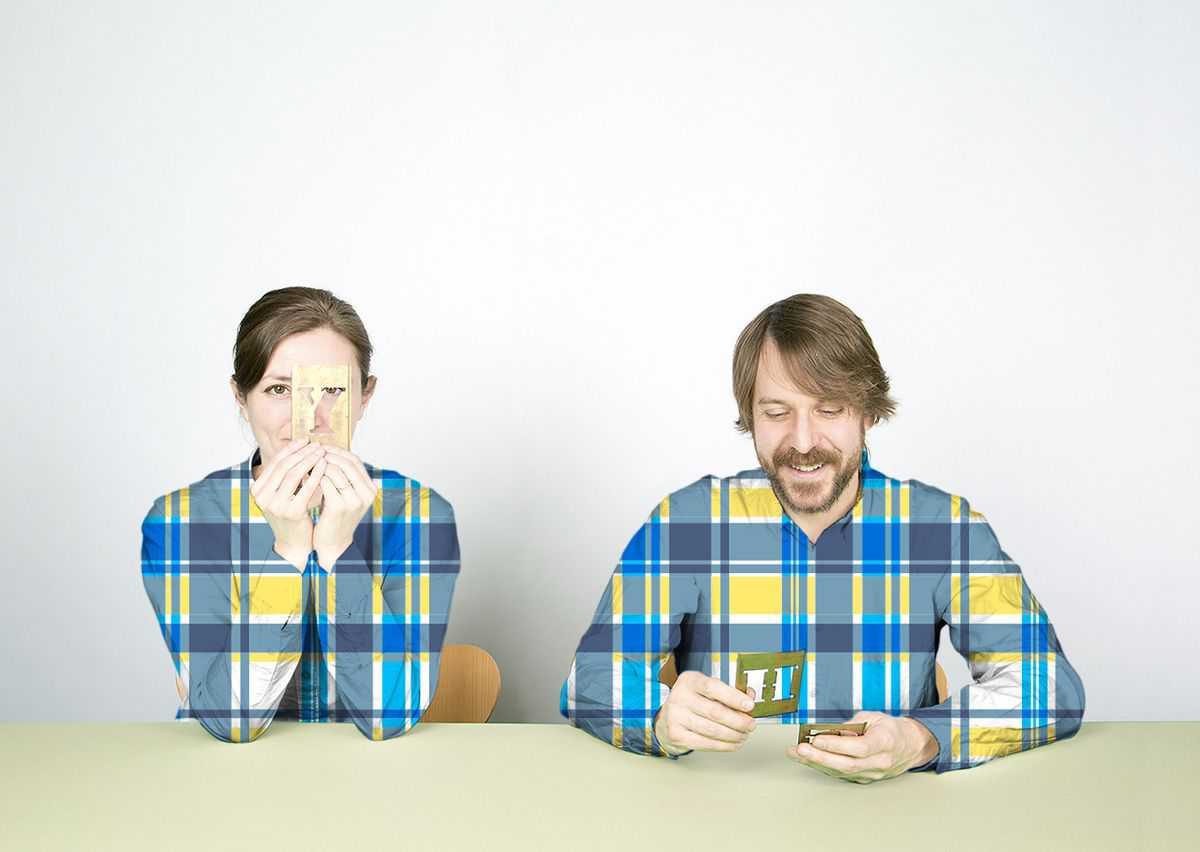
We met Brian Studak in Saint-Etienne as he is supervising the final setting up of At Home. His design studio, Plaid, is in charge of the scenography of this major exhibition of La Biennale Internationale Design de Saint-Etienne which takes place from April 6, to July 31th 2022.
You created your own Studio Plaid: could you tell us what your main projects are?
My partner Lauren and I moved to London from Canada about 20 years ago where we both studied architecture. We started Plaid in 2011 in London. Exhibition design felt a natural fit after previously working across different design disciplines.
We have completed quite a few design exhibitions with the design museum in London, for example a project a few years ago called California, designing freedom, which looked at 1960’s counter culture and how that influenced design coming out of California and design in general globally. We collaborated with Tate Modern on Anni Albers a few years ago; we worked with the Bauhaus foundation in Dessau; we did an exhibition there on craft and modernism. We often work for the same institutions.
I worked with Jana Scholtze (co-curator of At Home) in 2008 when she was working at the Victoria and Albert Museum in London on an exhibition entitled “Cold War Modern”. It focussed on design and culture after World War II and specifically on how the cold war and the competition between east and west created new ways of looking at the world and and outpouring of creativity. We kept in touch with Jana and she contacted us for this exhibition, which is an amazing topic.
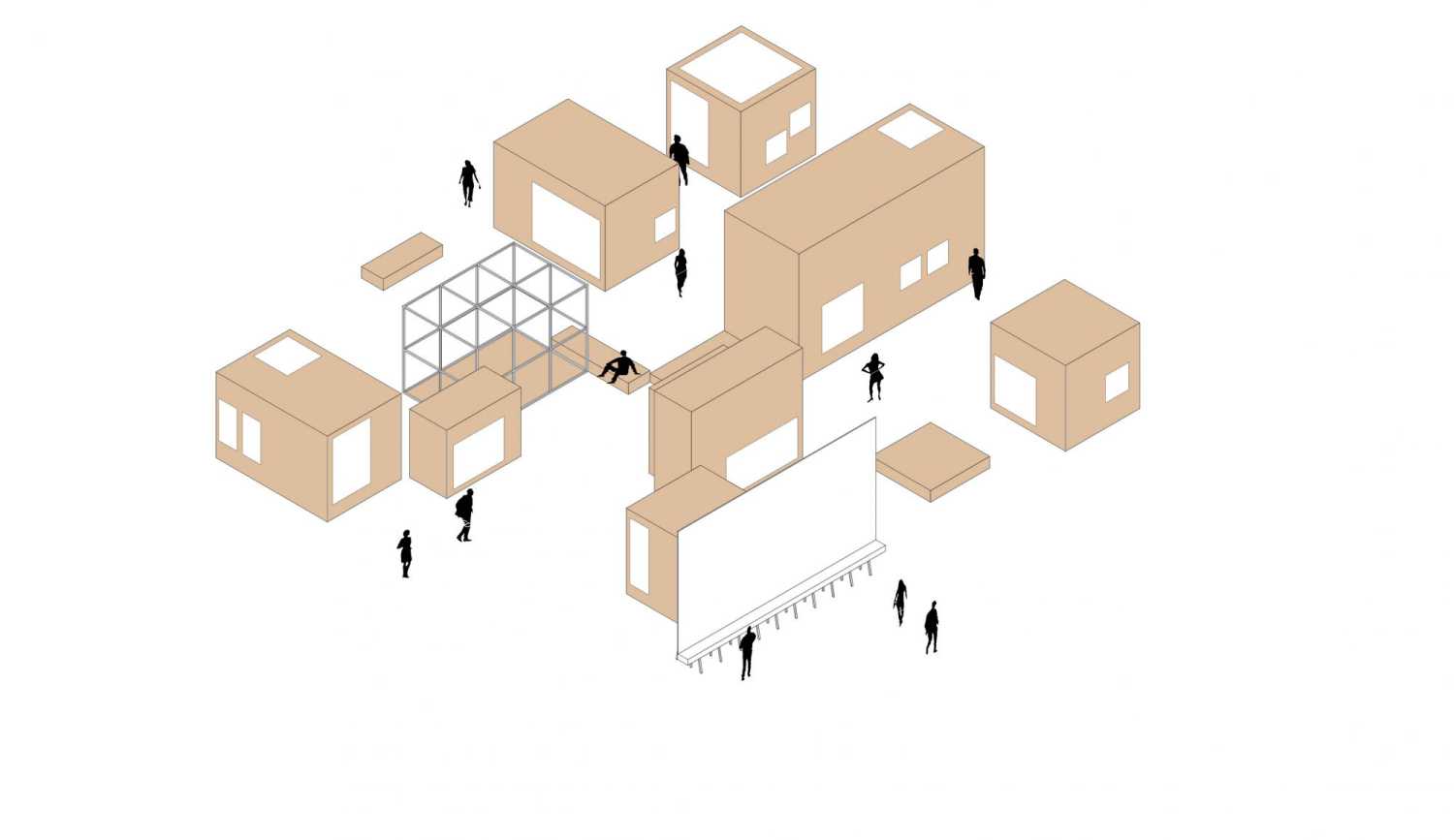
Could you describe how you proceed to design an exhibition such as At Home?
Our job as exhibition designers is to make connections! Our clients come to us with a list of often extremely varied content and a site or space. Our work focusses on making connections between the content and the audience using spatial constructs.
The space in the Cité du Design was for us the primary driver: the exhibition space is very idiosyncratic. It has a lot of character with the whole triangulation of the structure and plenty of natural daylight; everything has a grey colour and a strong atmosphere.
Domestic design needs a certain scale and the space of the exhibition is very large so we decided to start looking at how to form smaller spaces to create a domestic context. Rather than building a house in the middle of the space, we built several smaller rooms within that space that you will encounter as you move through. There are objects on open display and there are objects housed within the smaller structures.
Our need is to organise everything in a way to create connections between the objects as you move through the space.
The challenge was to keep this kind of openness of the exhibition space but, still, to have people feel that there is a clear path. The graphics play a very large rôle in helping to connect everything. There are hanging banners introducing each of the sections. These provide a kind of punctuation.
During the whole project, we work quite closely with the curators. Once we had an agreed overall structure, we can start to populate it with specific content moments and we need the curator’s help to guide how that happens. Because curators have been working often for years on the content, they know exactly how they want specific content to relate. We needed to first discover the overarching mechanic that is helping to glue the exhibition together. We had a few different approaches before choosing this one.
We were also influenced by a recent renovation project that we did of our own house over the covid period. We realised that everything coming in for the construction was in brown cardboard boxes. We ended up using this kind of cardboard as a way of connecting to this sort of commodification of design.
How do you take into consideration the growing environmental concern?
We are always looking at the carbon footprint for each exhibition. Our focuses are on materials, cardboard soft wood, very simple timbers that grow quickly, using those effectively and staying away from materials like plastics and steel. We are also focusing on reuse.
For example, recently we made some tables for a museum in Oxford and we are going to use part of those tables for another exhibition later in the year in London. We are starting to reuse elements from different projects in other projects. Now, with the idea of reuse, our project specific designs are a bit more permeable, elements can start moving around. Because our studio has a certain way of designing, things can overlap a little bit. Reuse has become a key part of our studio process.
For this exhibition, At home, we are using terra cotta blocks from the last Biennale. So there is also a kind of visual connection between our exhibition and the last one. We are using them slightly differently but it is a good way of reducing waste. This is an interesting way to make a connection with bifurcations in that the design has ways of moving indifferent directions afterwards.
In the exhibition, there is an area about Enzo Mari and we were connected with a workshop with the students here where they were asked to recreate an Enzo Mari chair and maybe look at developing it. Those pieces the students made are going to go into the exhibition for exhibition seating.
Some of the furniture we created for At Home could be reused. We created for this exhibition a new parklet design. This is something that has been becoming more popular over the last 4 or 5 years. Parklets take over an existing parking space in the city, usually providing new amenity space for residents, including areas for planting and seating so people can sit and have a coffee. That became a topic among curators, as a new sort of urban space. The one we designed could be taken out of the exhibition after the Biennale is over and used somewhere else. Hopefully, they will have a life…
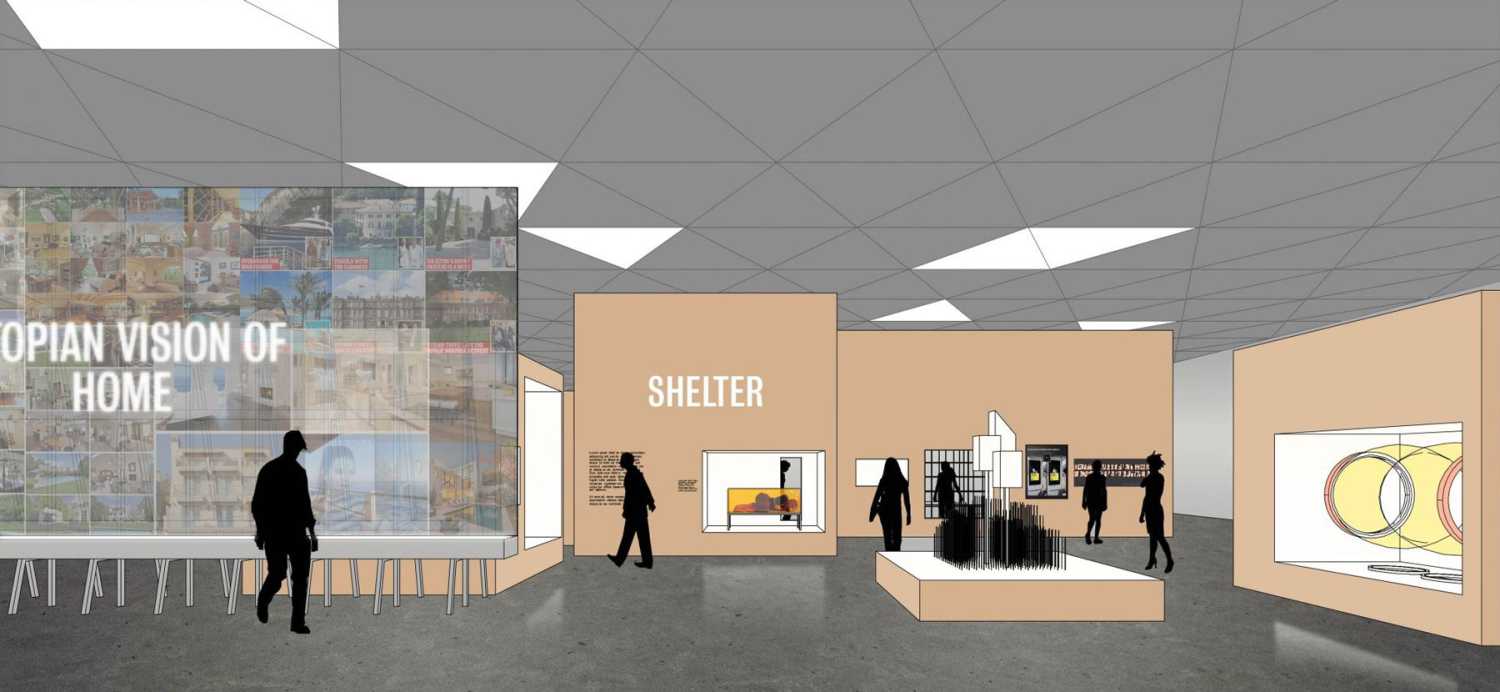
Another important matter today is accessibility: how do you deal with this?
During covid we developed some accessible seating for museums. We designed some stacking chairs specially designed for ambulant disabled visitors which provide sturdy armrests for getting in and out of the chair. We designed the chairs from the armrests out. We are specialising more and more on accessibility.
Accessibility is a continuous process and usually common sense. Overall we make sure that people can easily move through the exhibition, providing ample space for walking, and plenty of space to sit down. Looking at media content - If the film is longer than a couple of minutes, we make sure that there is a place for people to sit and ensure that the labels are large. For this project we worked with Margot Lombaert who is a French graphic designer. We have been working with her for 5 or 6 years. As a large amount of the exhibition design are these large cardboard boxes, she worked to create a graphic identity that is informed by the graphics that usually in habit these boxes. Again, this idea of commodity is carried through the whole exhibition.
To discover the At Home scenography conceived by Plaid, visit the Biennial's website.
Votre navigateur est obsolète, l’affichage des contenus n’est pas garanti.
Veuillez effectuer une mise à jour.
